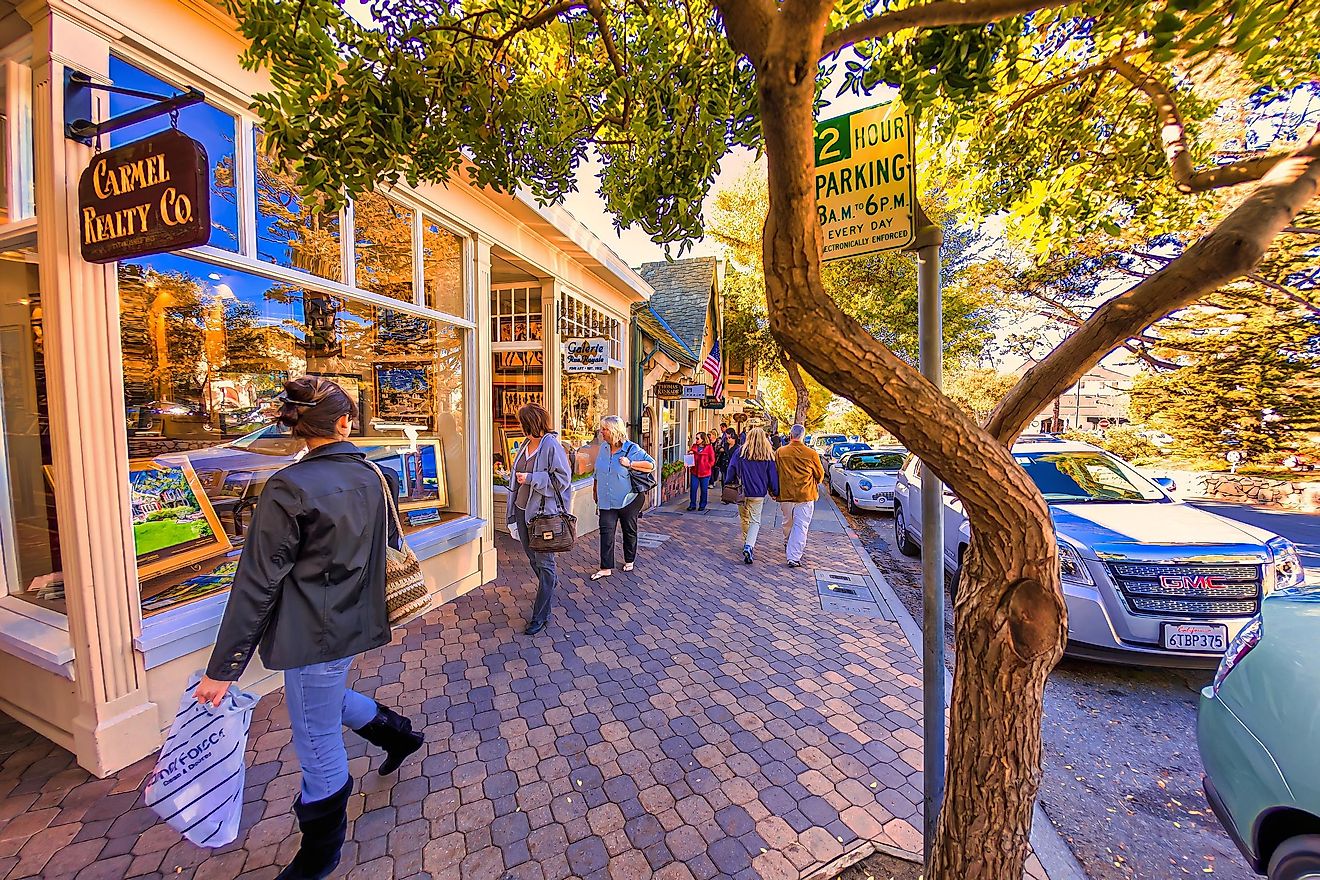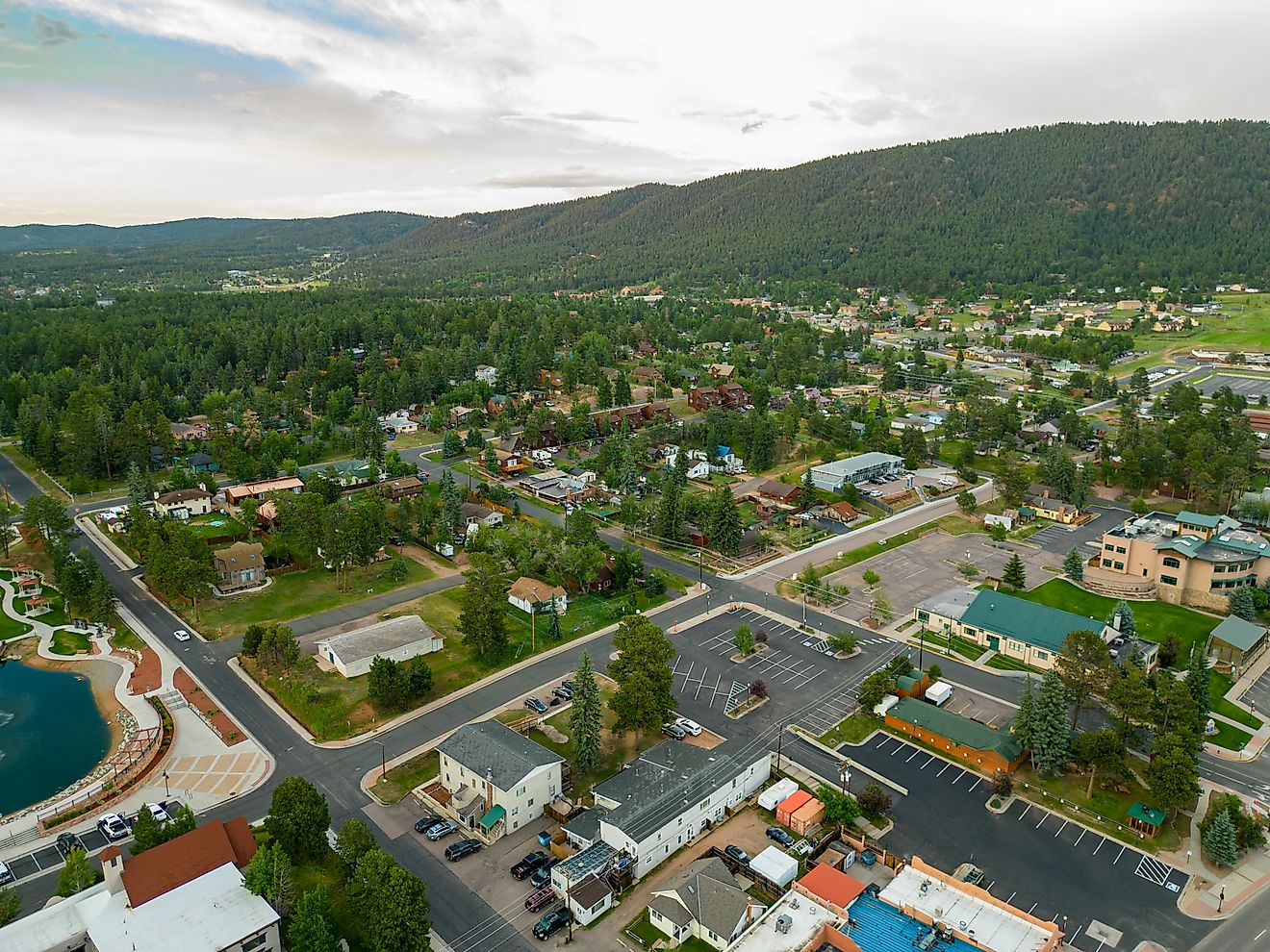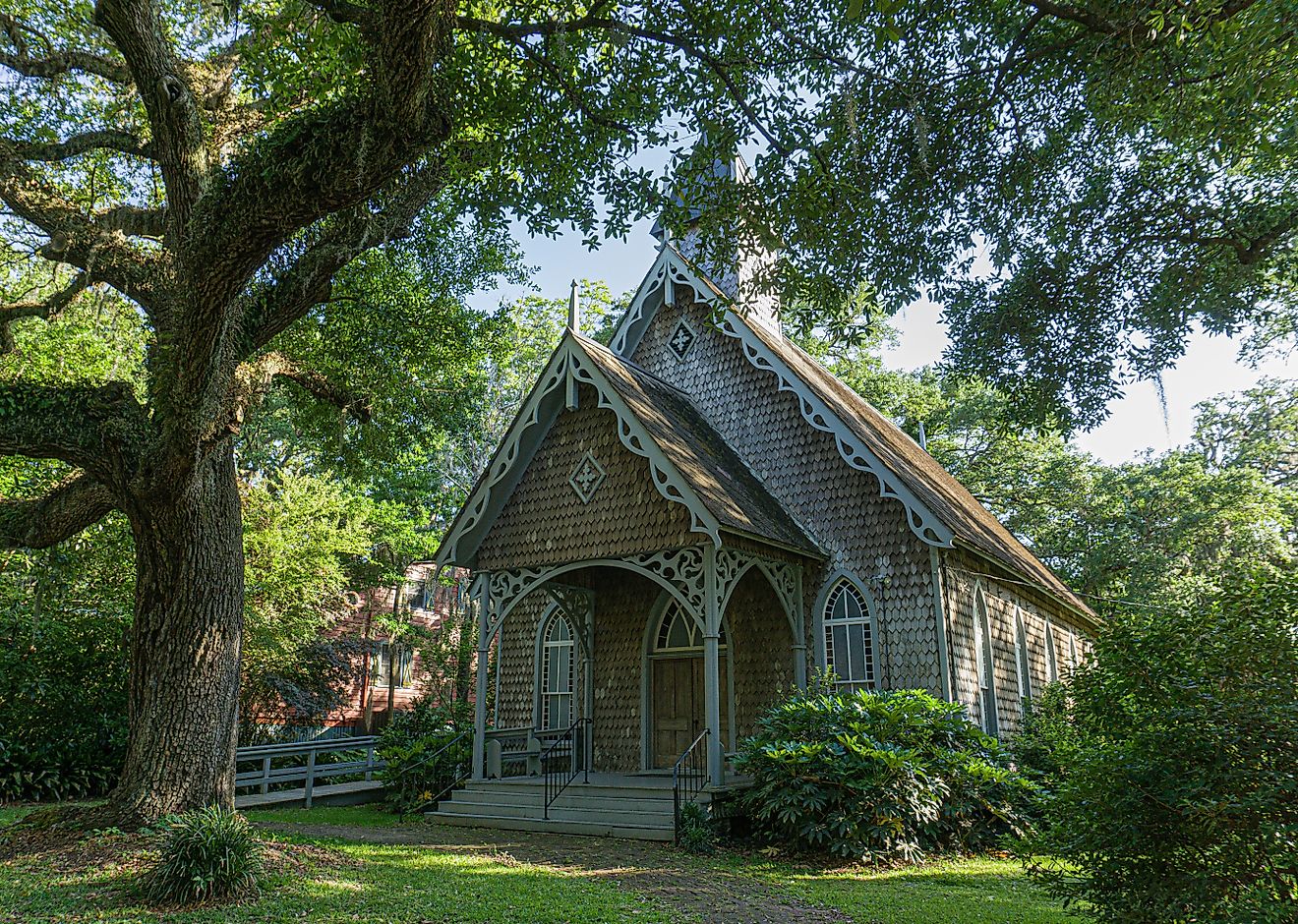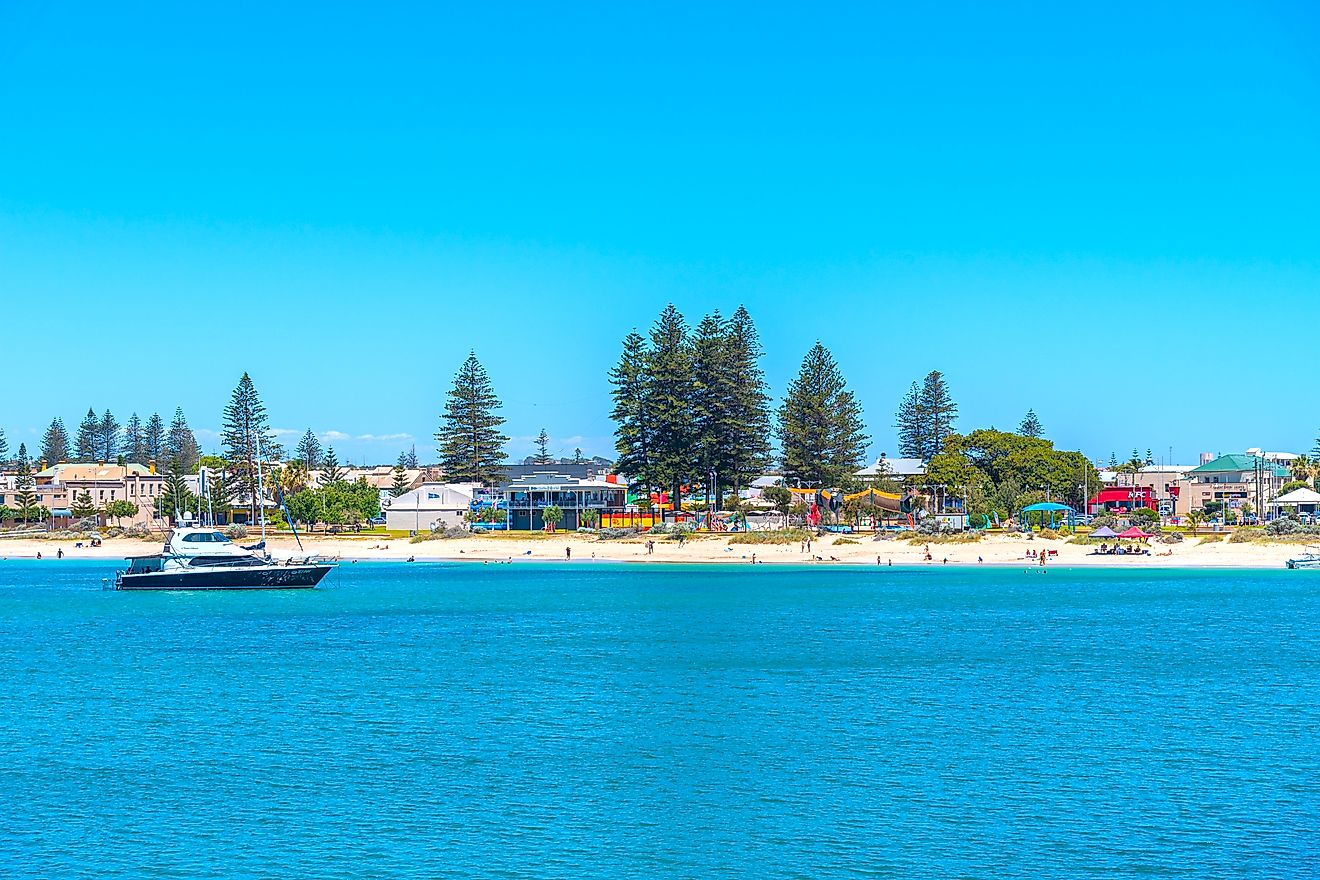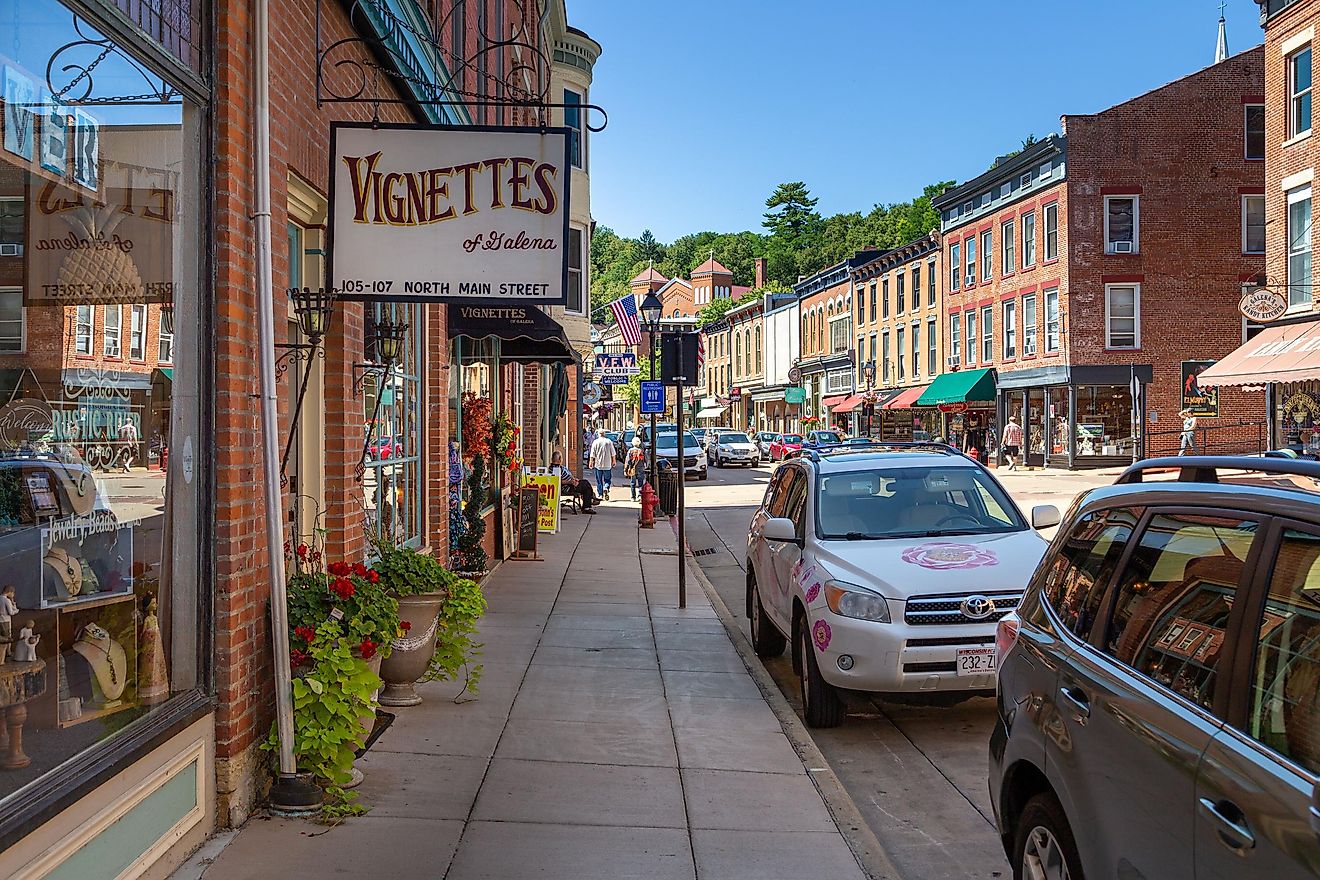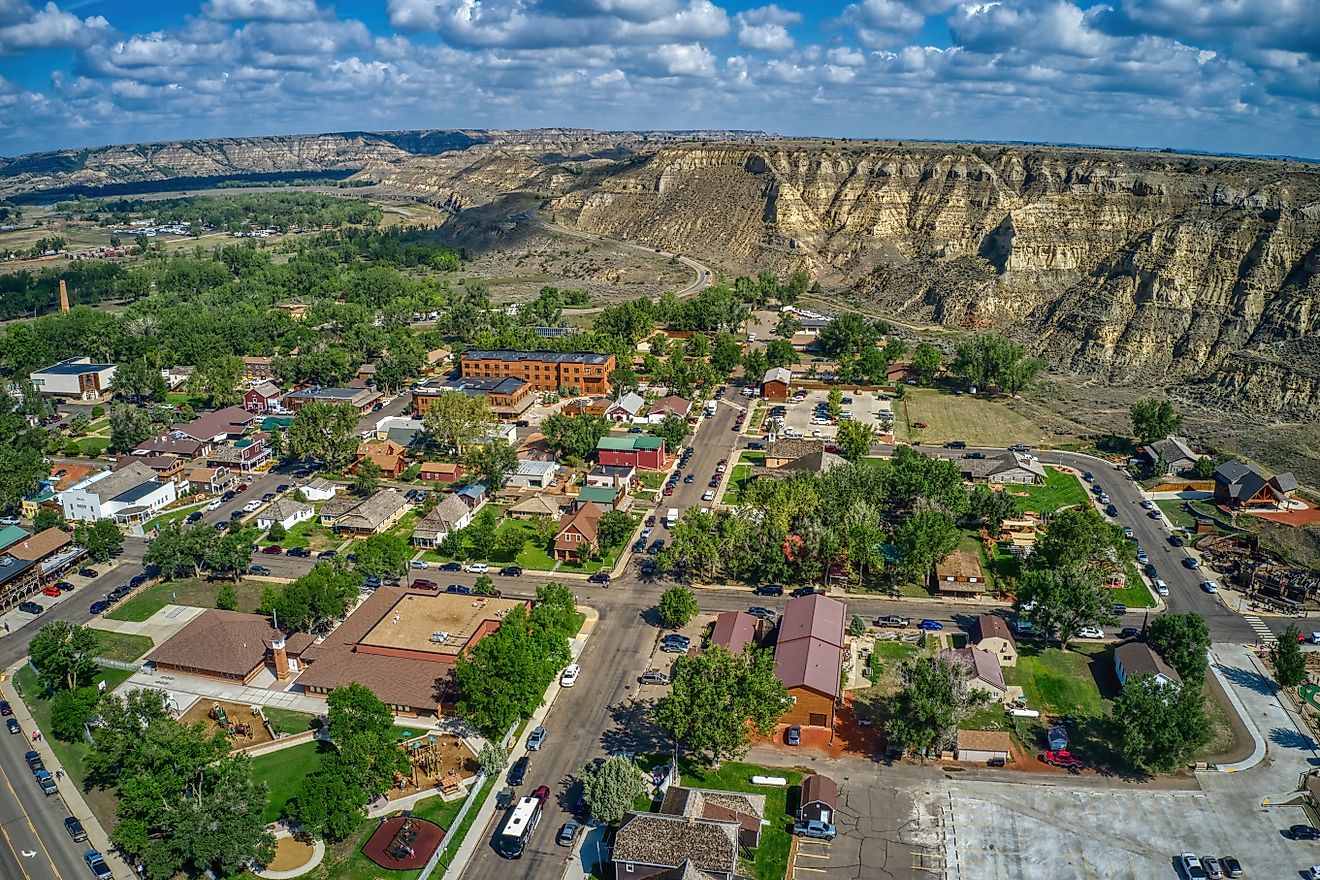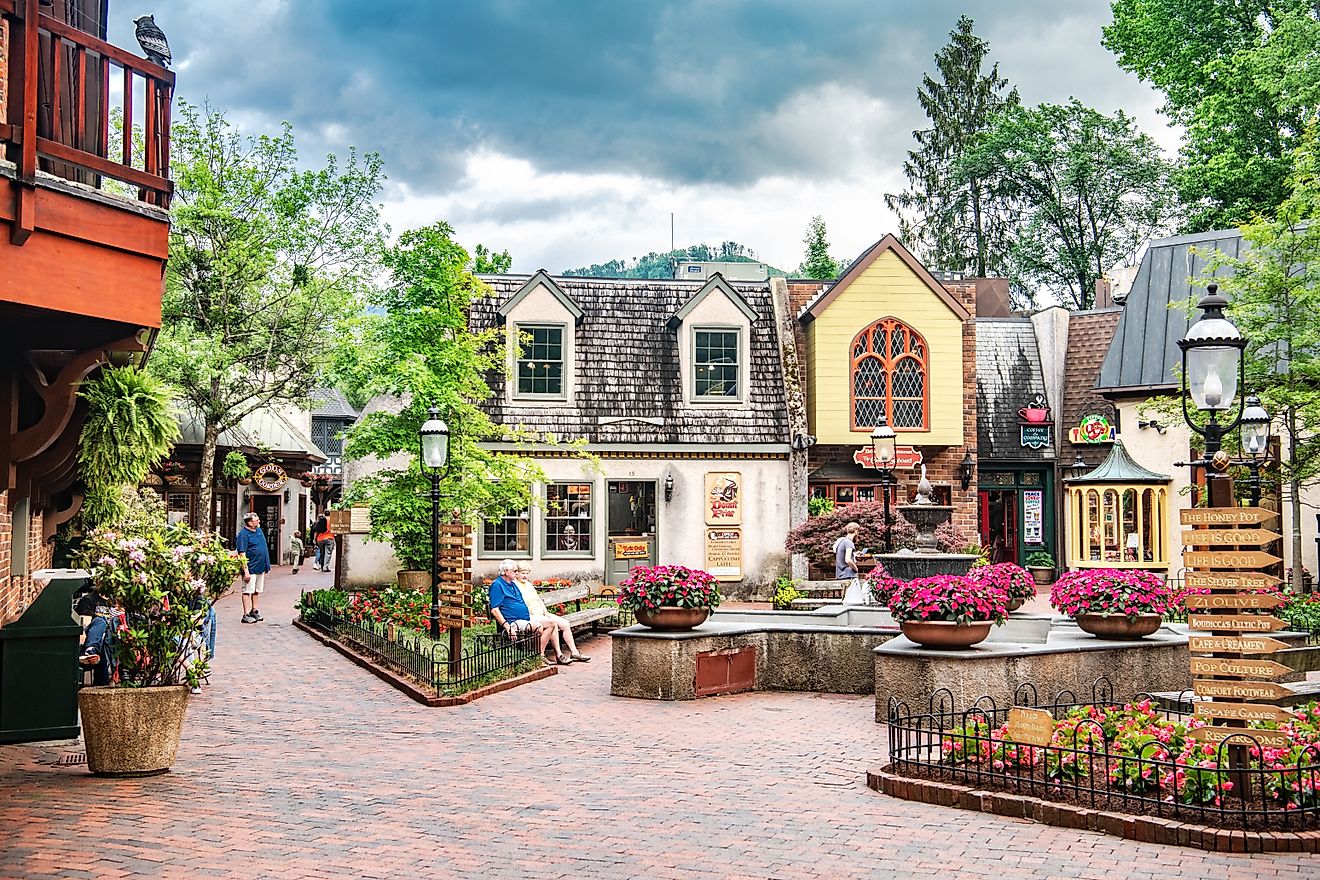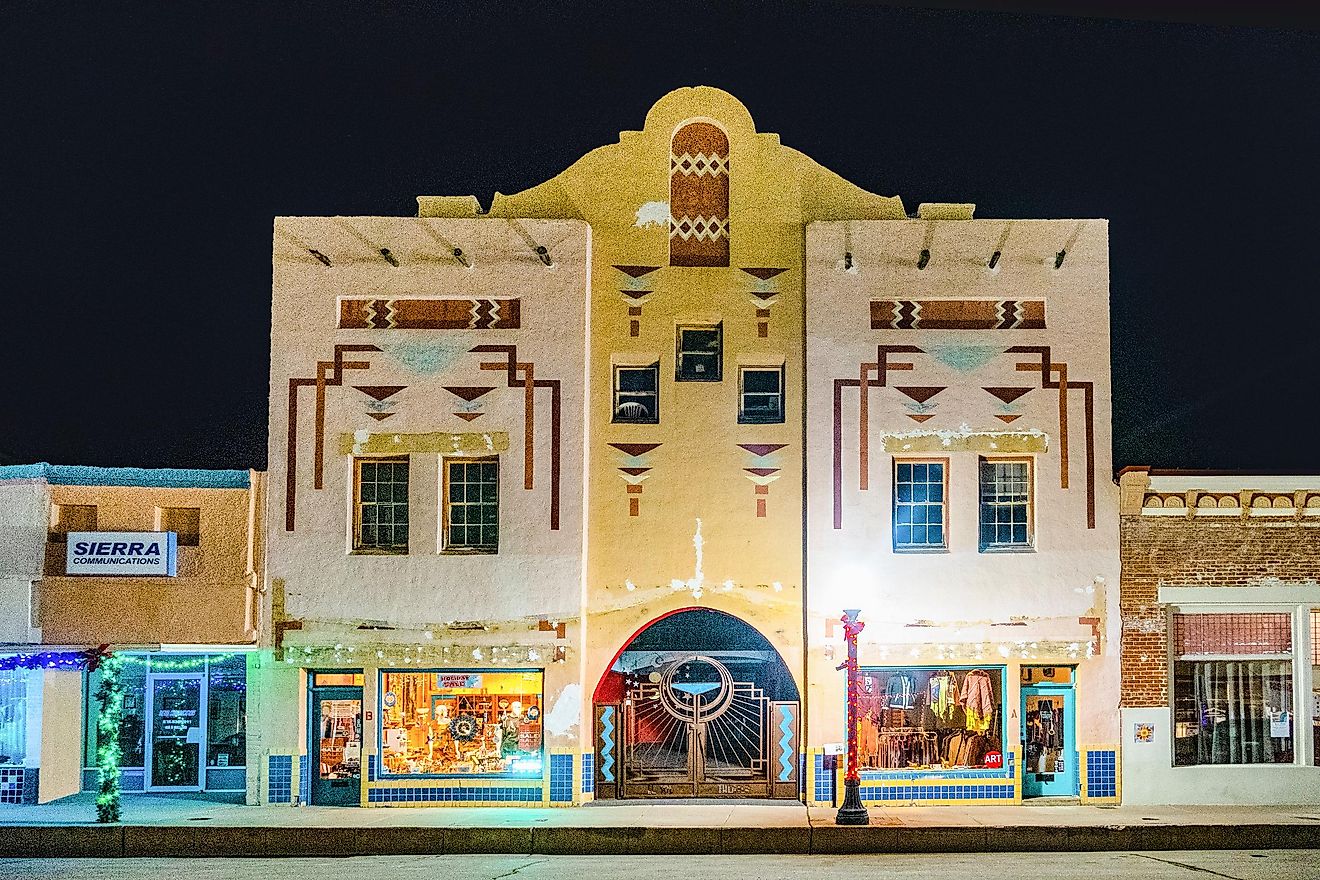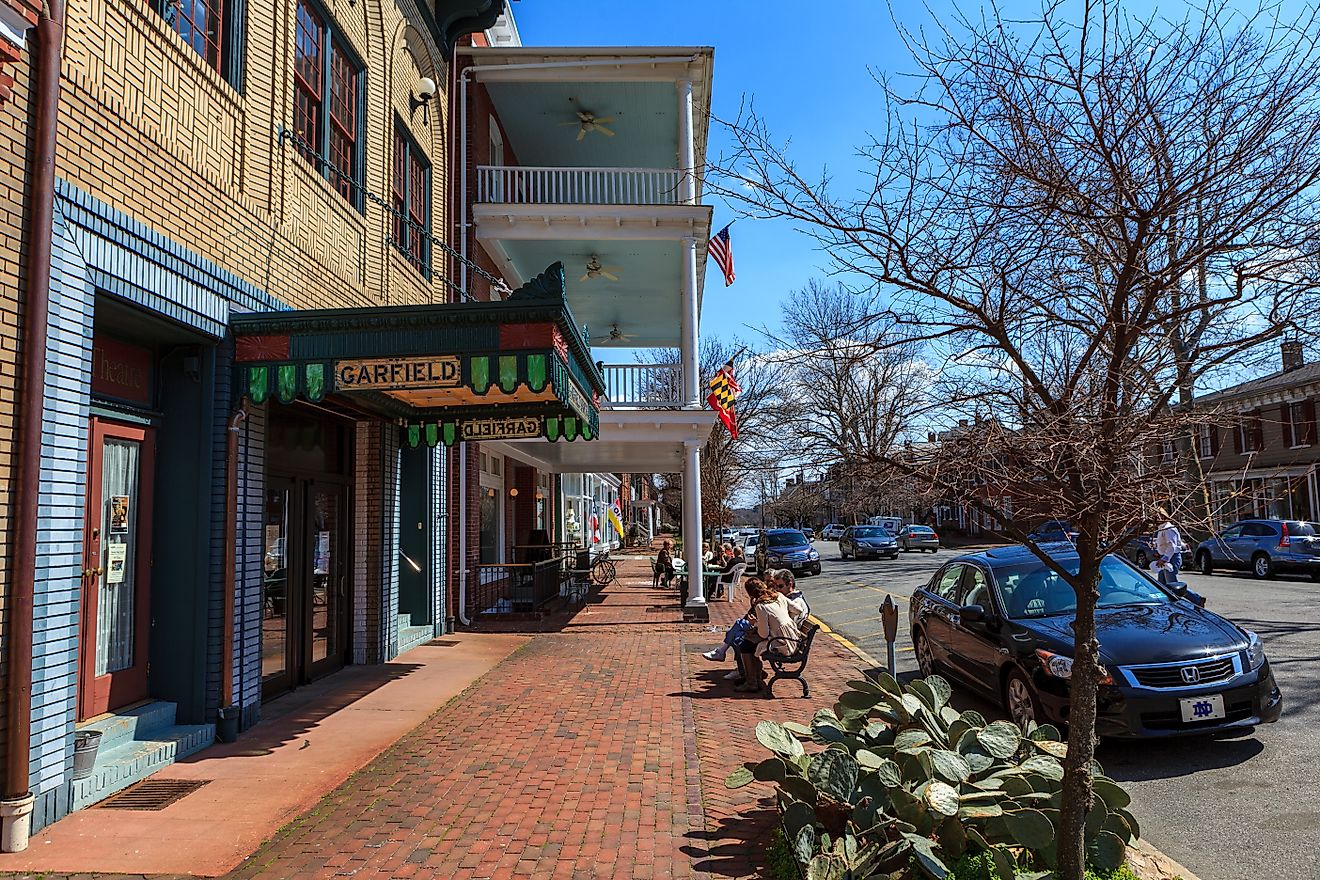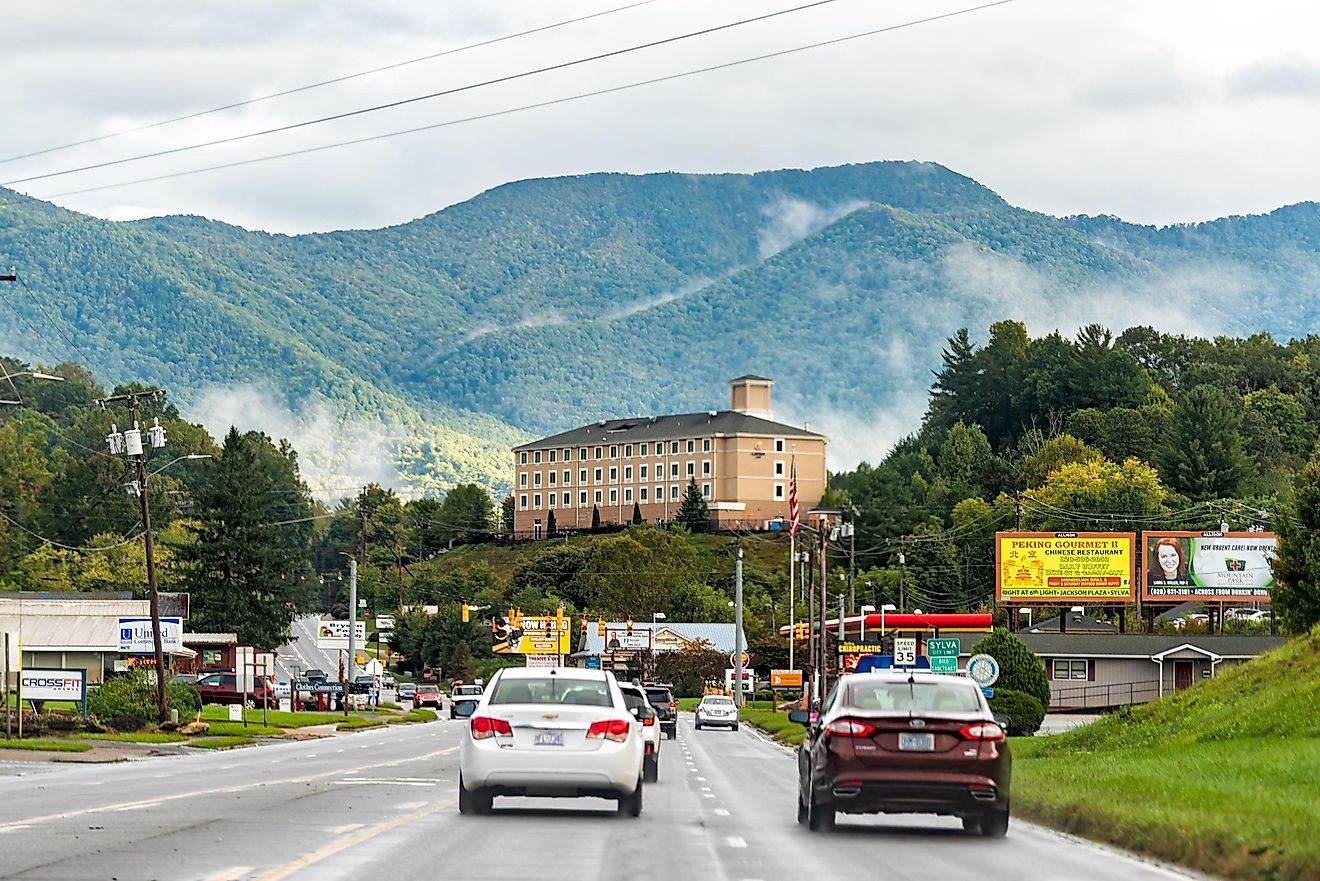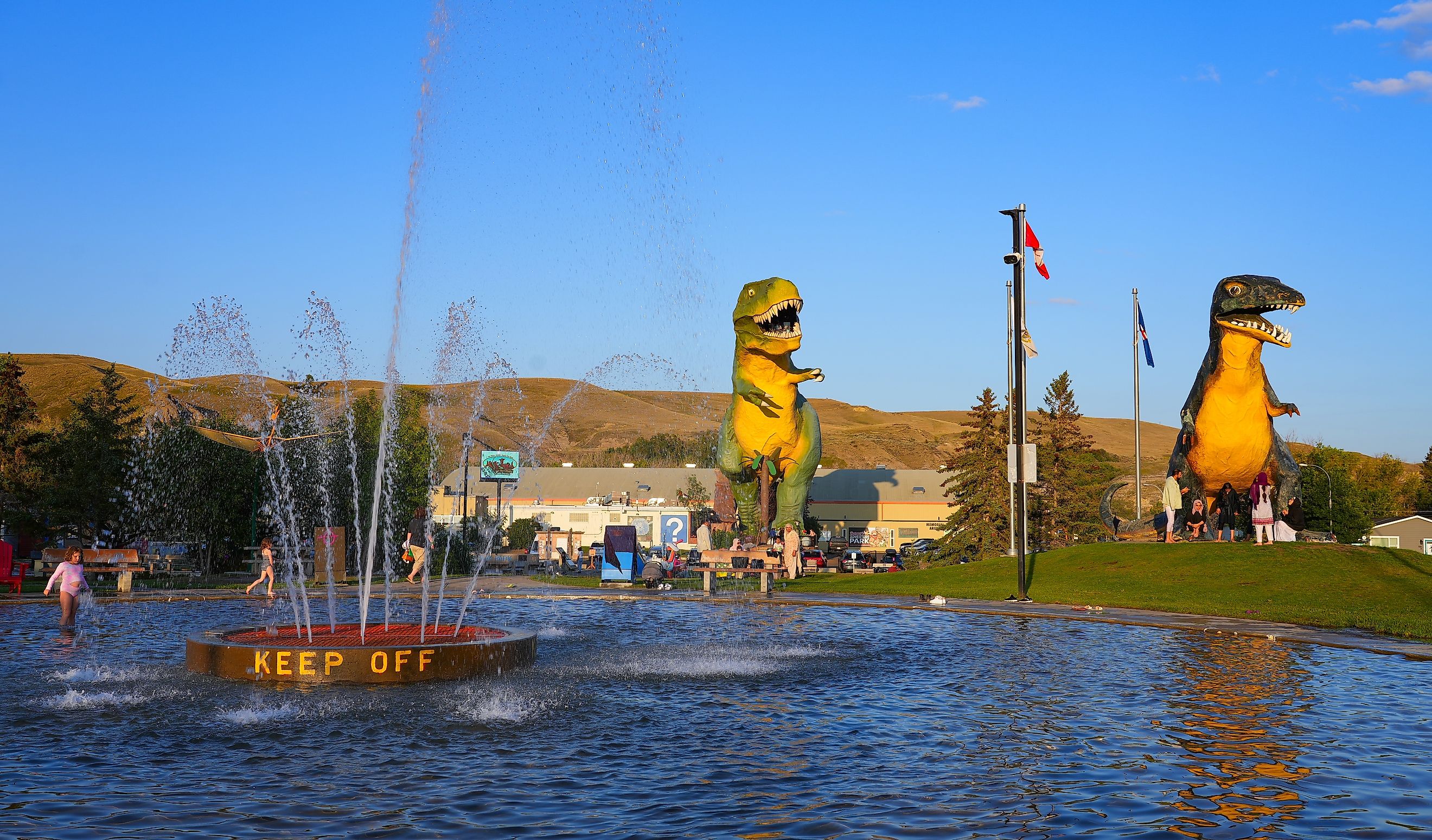
5 Amazing Prairies Day Trips That Are Worth The Drive
The prairies are a vast and mystifying series of landscapes. From central Canada through middle America, even into West Texas, visions of infinity greet intrepid roadtrippers. There are few major cities in these parts, but spirited small towns and overlooked natural attractions proudly punctuate the green and golden fields. If your longing for the mountains has plateaued and enthusiasm for the sea evaporated, then perhaps it is time to set your sights on the Great Plains. These are five amazing prairie trips that are well worth the drive.
Dinosaur Hotspots Of Alberta
Alberta, Canada boasts the greatest diversity of dinosaur fossils on the planet. A road trip through its south-central reaches is, therefore, not only a scenic affair, but a prehistoric experience. Dinosaur Provincial Park, Midland Provincial Park, and the town of Drumheller occupy not only the western Canadian prairies, but its dramatic badlands too.
Drumheller
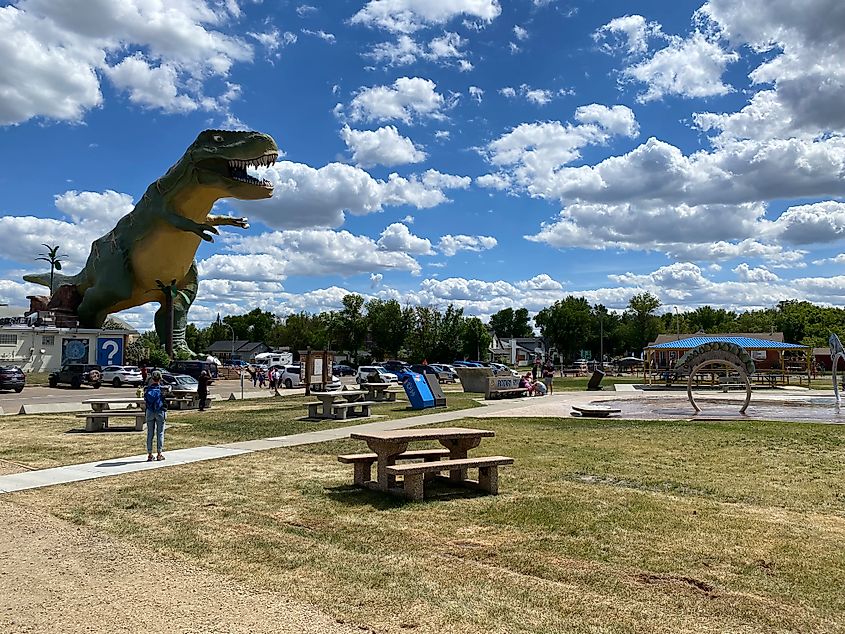
This funky Red River Valley town is defined by its quaint, yet emerging, downtown and colorful dinosaur statues. The former features the hip coffee shops and craft brewery/tap house/distillery trifecta that Alberta has become known for - most housed within red-brick buildings reminiscent of the Old West. All the while, the dino sculptures pepper the sidewalks and even rooftops. The most magnetic of these themed art projects is Tyra, the 25-meter-tall T-Rex, aka "World's Largest Dinosaur." Visitors can climb the 106 steps to take a novel selfie within her toothy, gaping mouth. A geographical triangle of natural attractions surrounds Drumheller, including Horsethief Canyon, Horseshoe Canyon, and Willow Creek Hoodoos. But the area's biggest draw can be found just six kilometers west of Drumheller, within Midland Provincial Park.
Midland Provincial Park
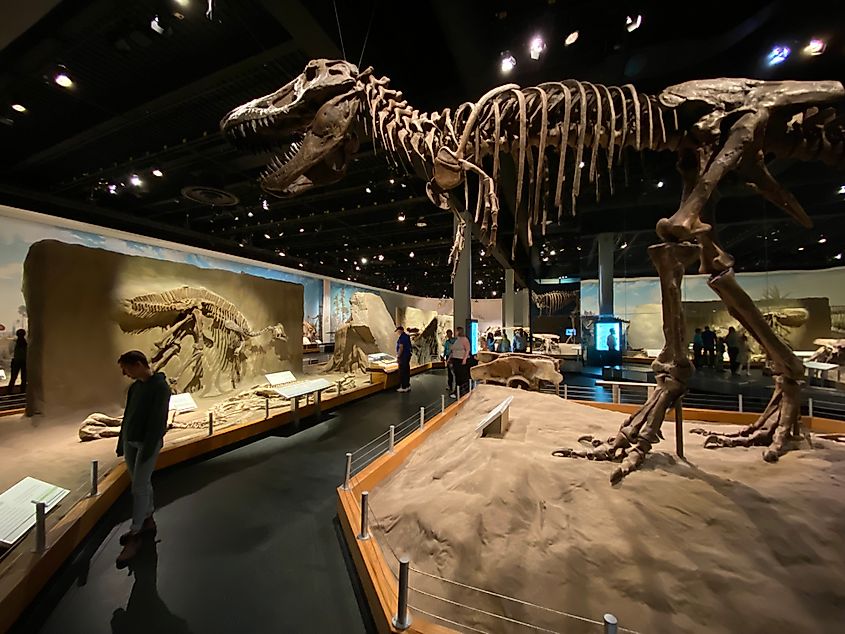
This small but impactful place was established in 1979 to conserve Alberta's storied coal mining history. But the addition of the Royal Tyrrell Museum in 1985 (named after Joseph Burr Tyrrell who discovered a 70-million-year-old Albertosaurus skull in these very badlands) made Midland Provincial Park all about paleontology. This incomparable complex of science and entertainment showcases vast quantities of enormous fossils, including many complete skeletons. The museum is (primarily) laid out in chronological order, allowing guests to appreciate the distinct epochs and multitudes of extinction-level events. After marveling at these giants of the past, head outside for a lap of the 1.4-kilometer Badlands Interpretive Trail to learn more about the impressive, ever-changing landscape.
Dinosaur Provincial Park
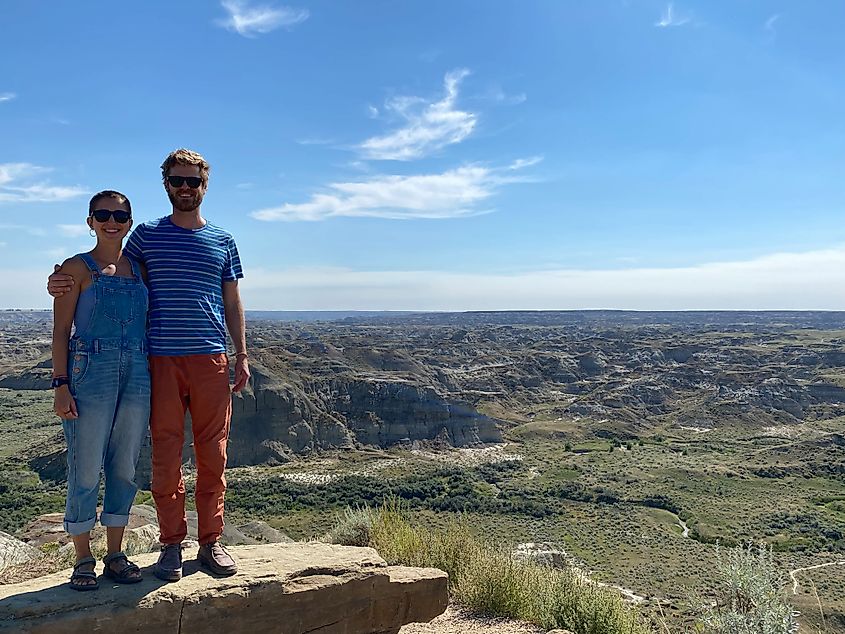
Roughly a two-hour drive southeast of Drumheller, Dinosaur Provincial Park continues the Spielberg-esque excursion. This UNESCO World Heritage Site is stocked with a network of 24 hiking trails, a scenic ring road, and arresting panoramic viewpoints - all of which flaunt the grandeur of the badlands. Eroded towers, rivulet scars, and artistic striations fight for one's gaze at every twist and turn. And as the name suggests, this 78 square-kilometer preserve has also greatly contributed to the field of paleontology. In fact, no less than 55 species and 150 skeletons have been unearthed in these parts. And even though the fossil displays are not on the level of Midland, Dinosaur Provincial Park has two outdoor exhibits of partially recovered hadrosaurs, a modest museum within its visitor center, and interactive demonstrations at the historic John Ware Cabin.
Grasslands National Park, Saskatchewan
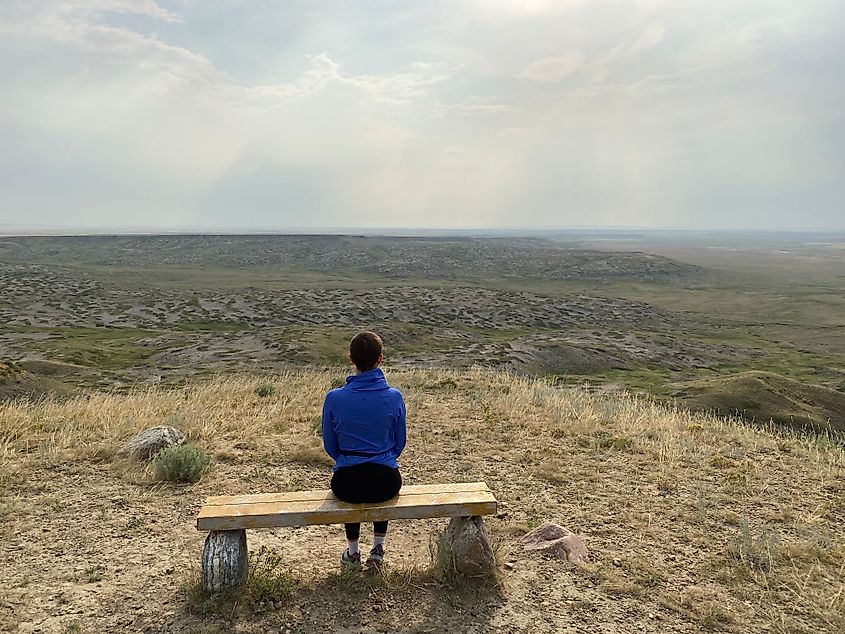
Saskatchewan sits smack dab in the middle of the Canadian prairies. And though the flat fields seem never ending at times, this province is far from uniform. Case in point: the timeless and compelling faces of Grasslands National Park. Hiding in the province's unpopulated southern sector, near Montana's northeast border, this 907 square-kilometer haven celebrates the ancestral nomadic tribes of the Great Plains, the early European homesteaders, and one of the most significant swaths of mixed-grass prairie habitats that remain in North America.
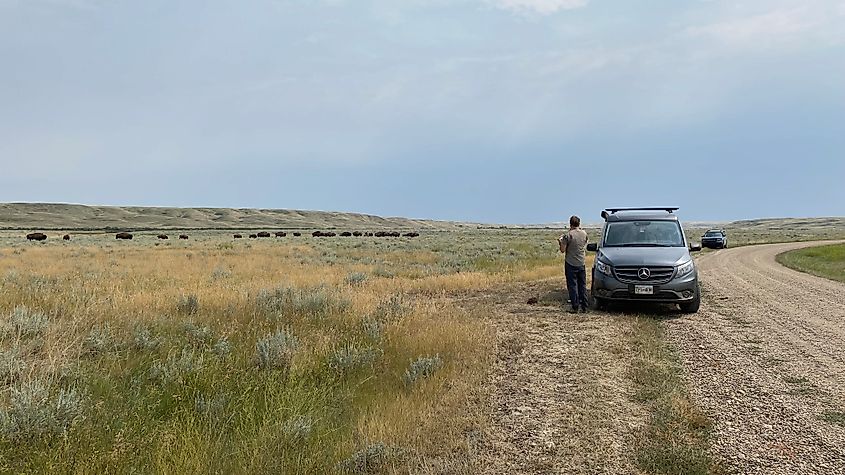
Grasslands is split into two incongruous hemispheres. The West Block, which is frequented by herds of plains bison (one of this national park's 30 At Risk/Threatened species), features the stunning 70 Mile Butte Trail, the engaging Ecotour Scenic Drive, and the serene Frenchman Valley Campground. The East Block, on the other hand, is even more remote, and therefore less-travelled, but highlights the badland ecosystem via the Valley of 1000 Devils and the Badlands Parkway. This underrated park is far removed from civilization, with few amenities (and no cell service), but the extra preparation and drive time is worth the payoff.
Minot & Rugby, North Dakota
Minot
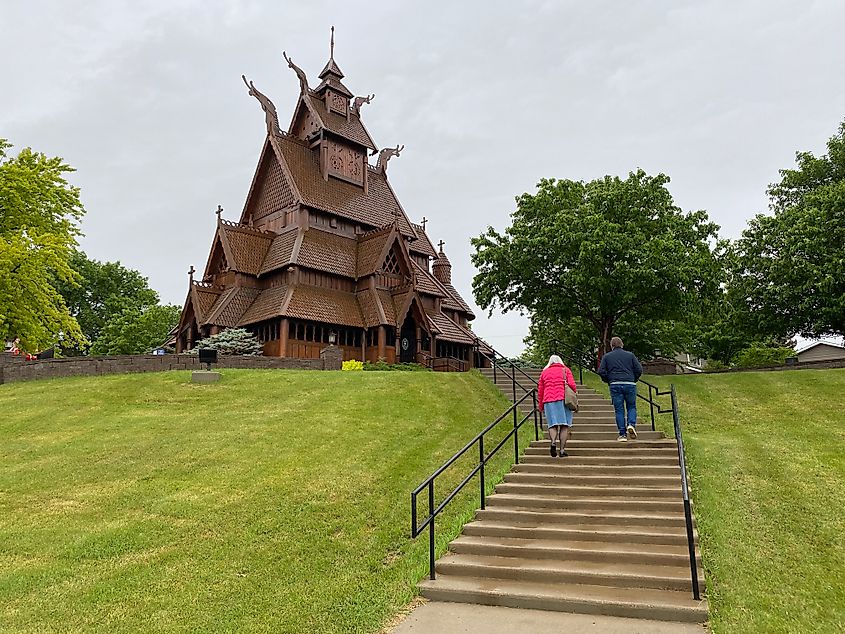
If you happen to find yourself in the prairie state of North Dakota, try this two-point itinerary to punch up the ubiquity of U.S. Route 2. Minot, aka the "Magic City", has a lot going for it. It boasts a vibrant downtown core, the Dakota Territory Air Museum, the Roosevelt Park Zoo, the edutainment-focused Magic City Discovery Center, and it hosts the week-long North Dakota State Fair (i.e. the state's largest annual event). But its most unique asset has to be the Scandinavian Heritage Center in the heart of the city. From May until the end of September, visitors can walk through the iconic architecture of Norway, Sweden, Denmark, Finland, and Iceland. The massive Norwegian Gol Stave Church is the clear focal point, but the adjacent 30-foot, bright-red Swedish Dala horse is no slouch either.
Rugby
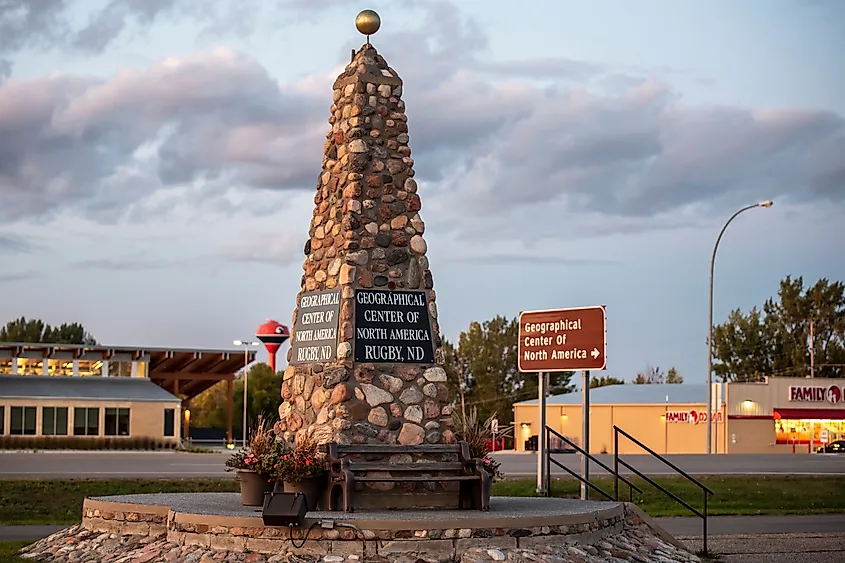
Should the sound of Minot strike your fancy, then you must also plan to make a pit stop in the small city of Rugby - an hour's drive to the east. This unassuming place has one major claim to fame: it is the "Geographical Center of North America." I put this in quotes because it is a shifting and somewhat contested goalpost, but the residents of Rugby were resolute enough to erect a highwayside monument proclaiming the honor. All I know is that this makes for a quirky addition to a traveler's bucket list. Everyone flexes the Grand Canyon and Golden Gate Bridge on their social media accounts, but far fewer broadcast cheeky pictures at the center of the continent.
Marfa & Alpine, Texas
While on the subject of unique, middle-of-nowhere prairie destinations, one cannot overlook West Texas' prairie/high-desert scene. In particular, there are two neighboring towns that justify the multiple gas tanks it takes to get there (unless you opt for the Amtrak): Marfa and Alpine.
Marfa
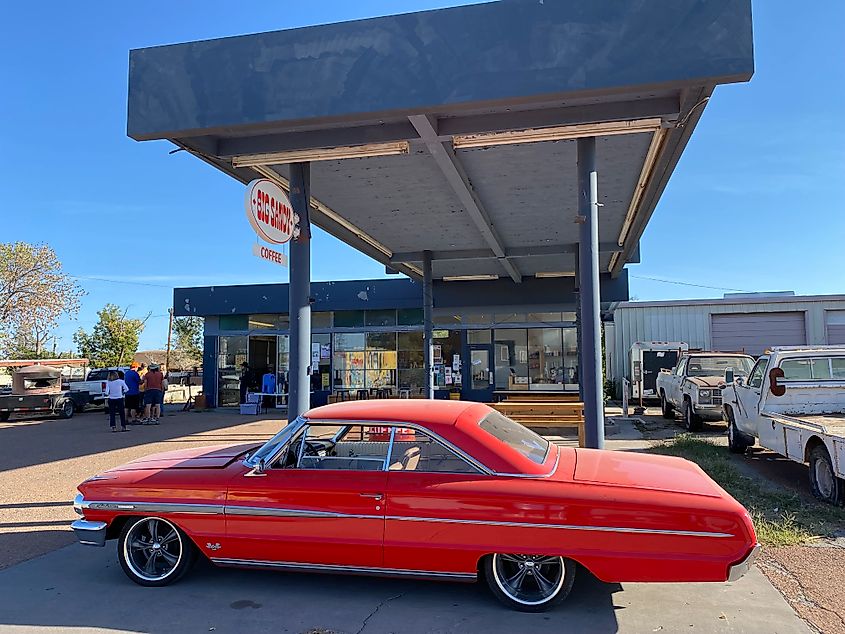
Embodying "...what Austin used to be," Marfa carries the eccentric torch with pride. This hipster, overtly liberal enclave is, seemingly, more of a sweeping art project than a city. Catalyzed by contemporary artist Donald Judd, who relocated to Marfa from New York in the 1970s to found the Chinati Foundation (an art museum spanning 340 acres of an old army base), Marfa's aesthetic plays with space, symmetry, and a pinch of uncanniness. Complimenting the avant-garde galleries are inventive coffee shops and cocktail lounges, niche eateries, and independent shops that seem to open (or close) at the whim of their eccentric owners. Adding extra intrigue to this cinematic space are the mysterious Marfa lights - luminescent orbs that appear randomly, but regularly, at night in the fields. The city has even erected a viewing station just outside of town to give tourists a better chance at seeing the unexplained phenomena.
Alpine
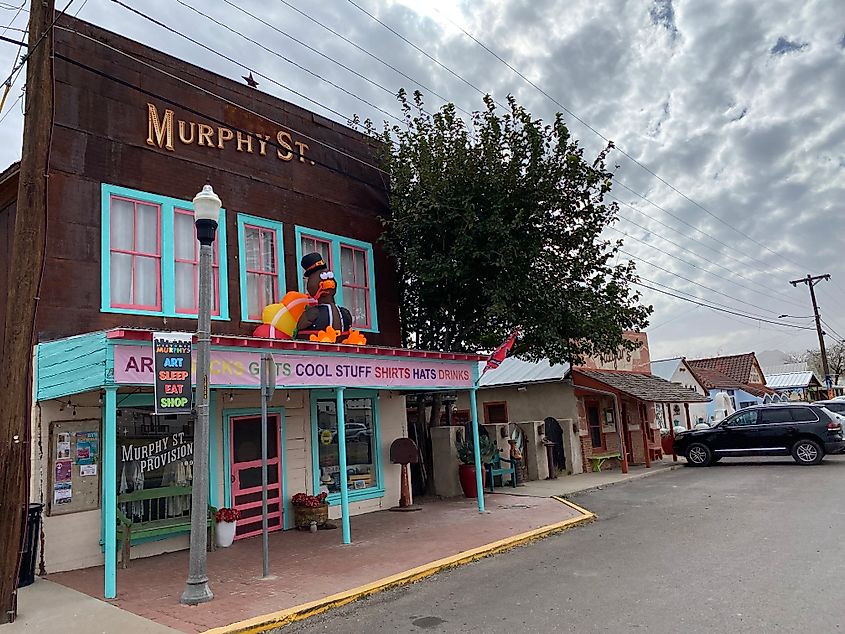
25 miles east of Marfa, the railroad hub and seat of Brewster County leans into that classic West Texas vibe without abandoning the artistic flair. Downtown Alpine has an old-fashioned tumbleweed, cowboy, and Mexican flavor to it. But overtop of its weathered aesthetic, dozens of murals enrich nearly every corner and alley. This gives a good excuse to park the car and weave in and out of the blocks surrounding Holland Ave. Behind the Amtrak station, Murphy Ave is also worth a gander. There, you'll find The Ritchey bar and music venue, character-rich B&Bs, and the odd gallery, studio, and restaurant. On the east end of town, on the grounds of Sul Ross State University, the Museum of the Big Bend informs visitors of the history and culture of the acclaimed international region.
Fort Macleod, Alberta
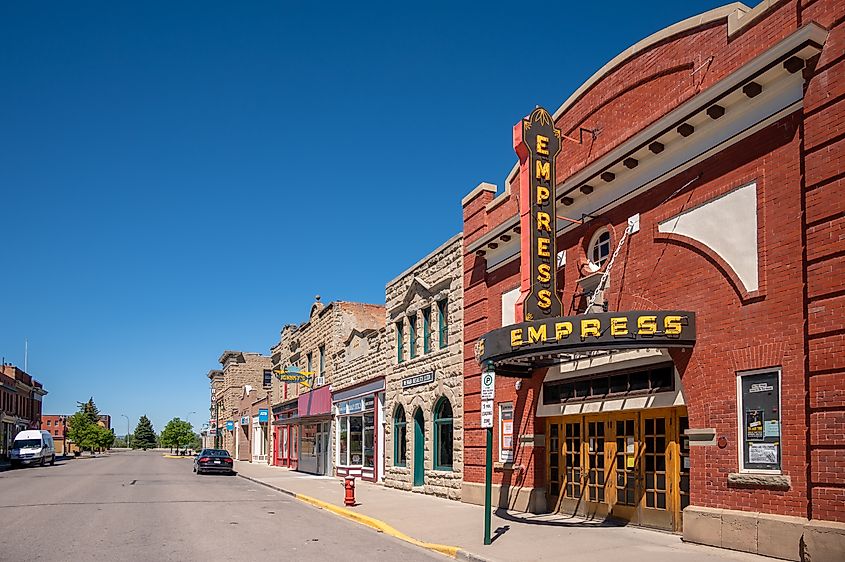
Let's end back where we began this intercontinental prairie tour: Alberta, Canada. As a long-time resident of the "Wild Rose Country," I'm rather biased to its beauty. But hear me out, and I'm sure you'll agree with its double-entry.
The small, southern Alberta town of Fort Macleod takes its name from the North-West Mounted Police Barracks of the same name (which is now a NWMP and First Nations museum known simply as The Fort). The fenced compound includes eight buildings, over 11,000 artifacts, and a collection of pertinent archives to keep history buffs thoroughly entertained. Speaking of entertainment, Fort Macleod has enticed Hollywood on many occasions. Films such as Interstellar, Brokeback Mountain, Ghostbusters: Afterlife, and Passchendaele, as well as the hit TV shows The Last of Us and Fargo, all filmed scenes in and around Fort Macleod's brick and sandstone-based main street, which bisects the Crowsnest Highway. Speaking of movies, the historic Empress Theatre (an opera house built in 1910) plays a mix of blockbusters and indie flicks and also hosts a regular concert series.
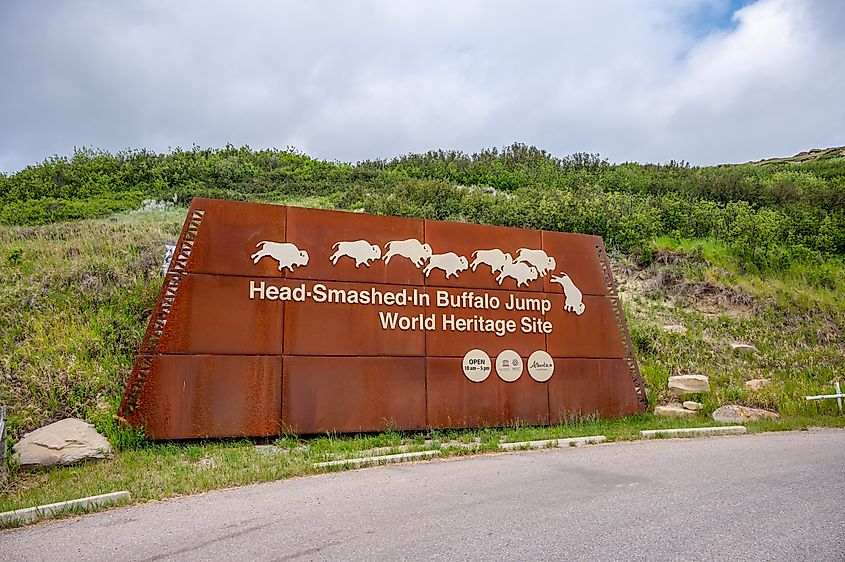
Less than 20 minutes west of Fort Macleod, just off the Old Man River, Head-Smashed-In Buffalo Jump Interpretive Center is another must-see attraction of the Alberta prairies. Framed by sprawling grasslands and (on a clear day) the Rocky Mountain skyline, this National, Provincial, and UNESCO World Heritage Site honors 6,000 years of history relating to the Indigenous Plains Buffalo culture.
One Last Pitch For The Prairies
As dominant as the North American prairies are, they are often neglected when it comes to tourism. But the wealth of fossils, distinct extant animals, scale of beauty (by day and by night!), and one-of-a-kind communities certainly justify a few dedicated road trips. One this is for sure (if I can end on a pun): the prairies are anything but plain.
